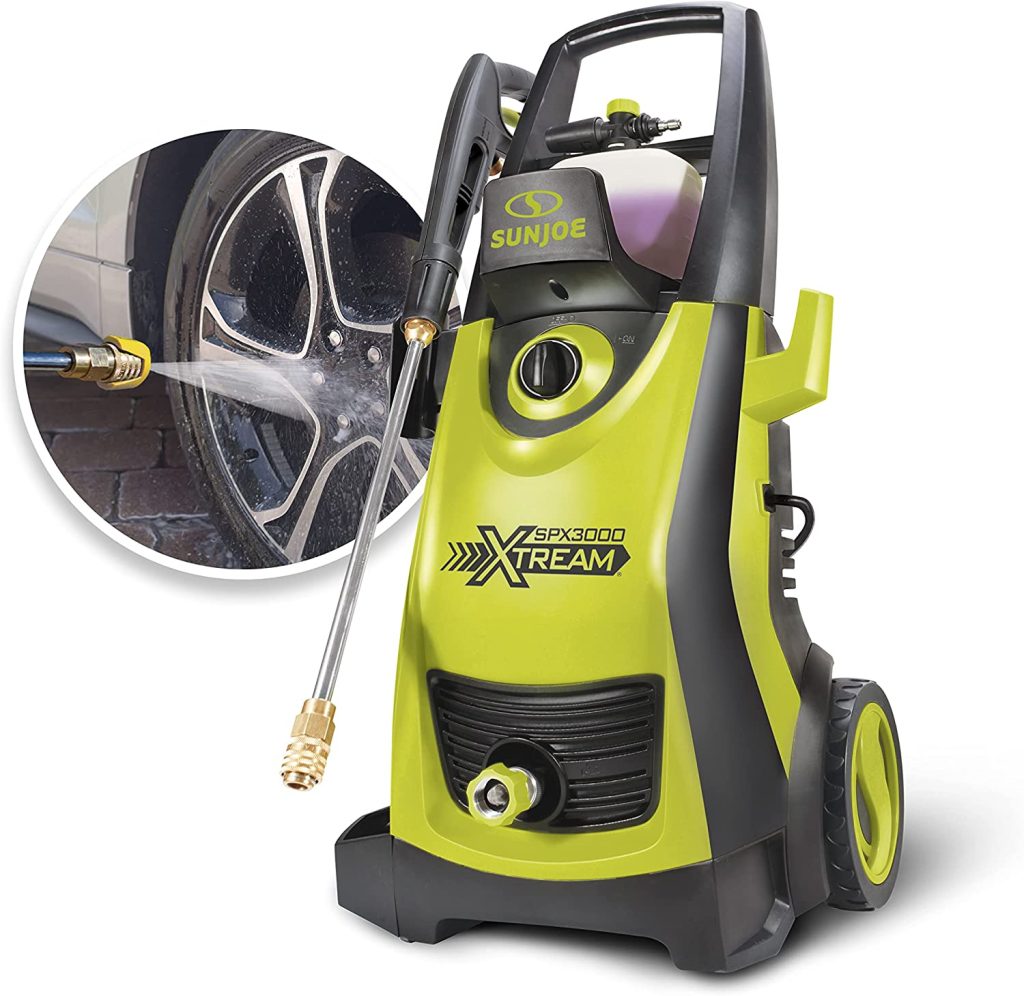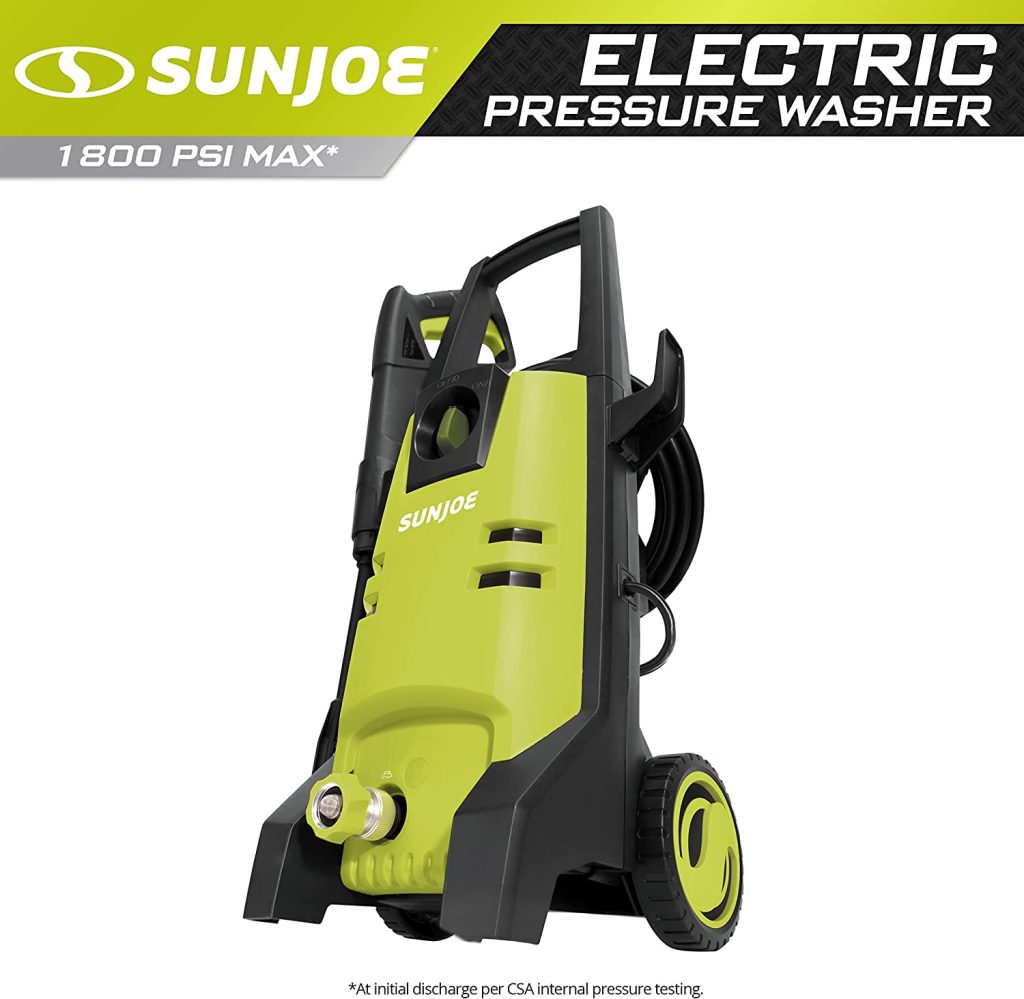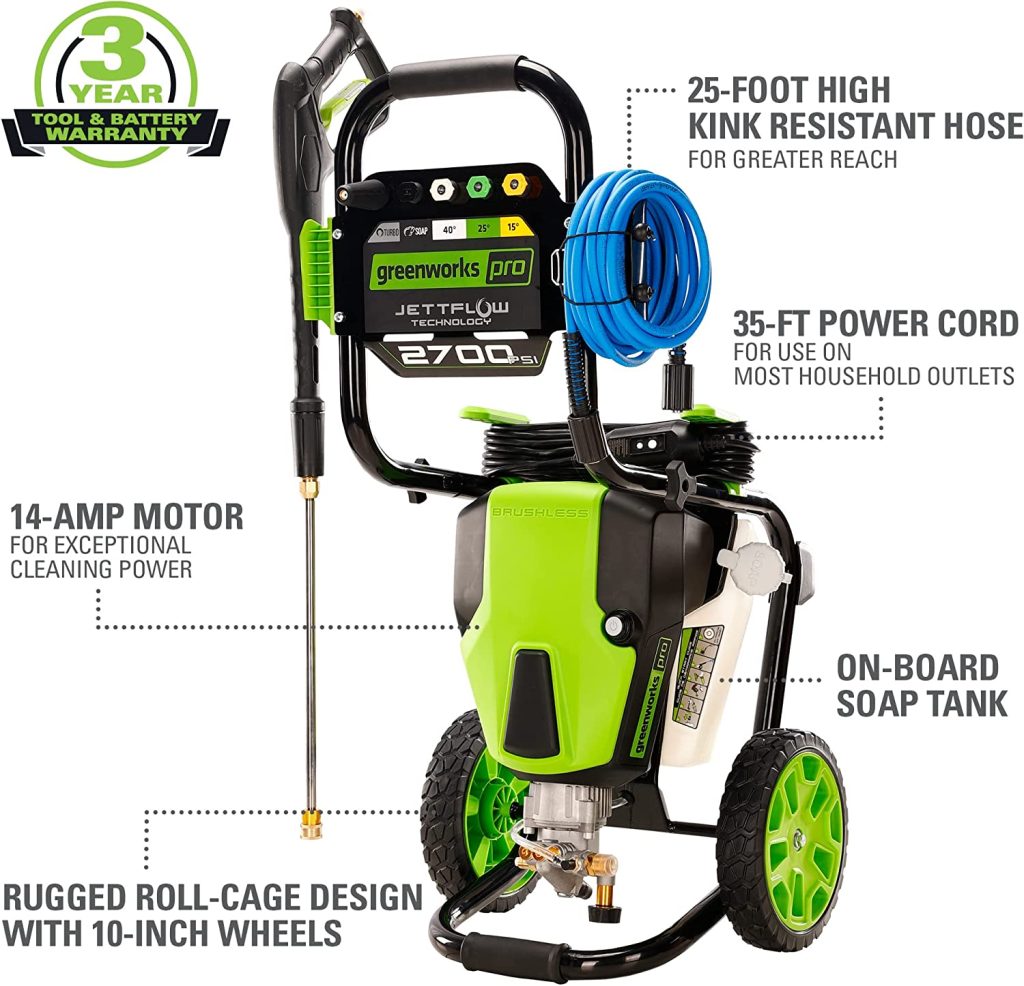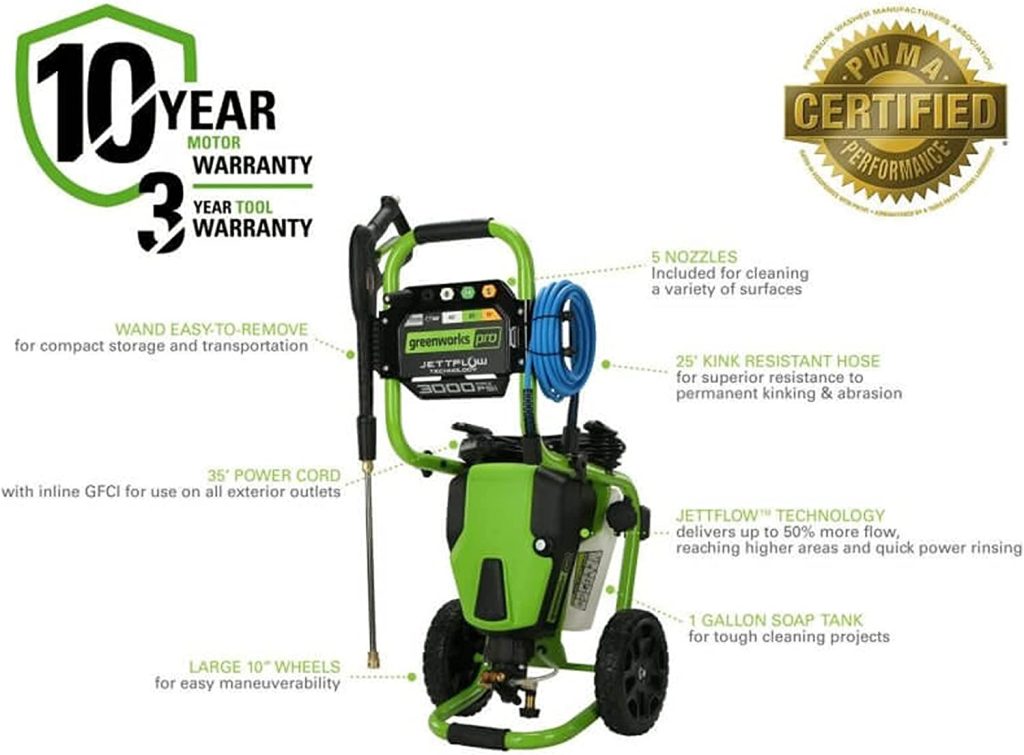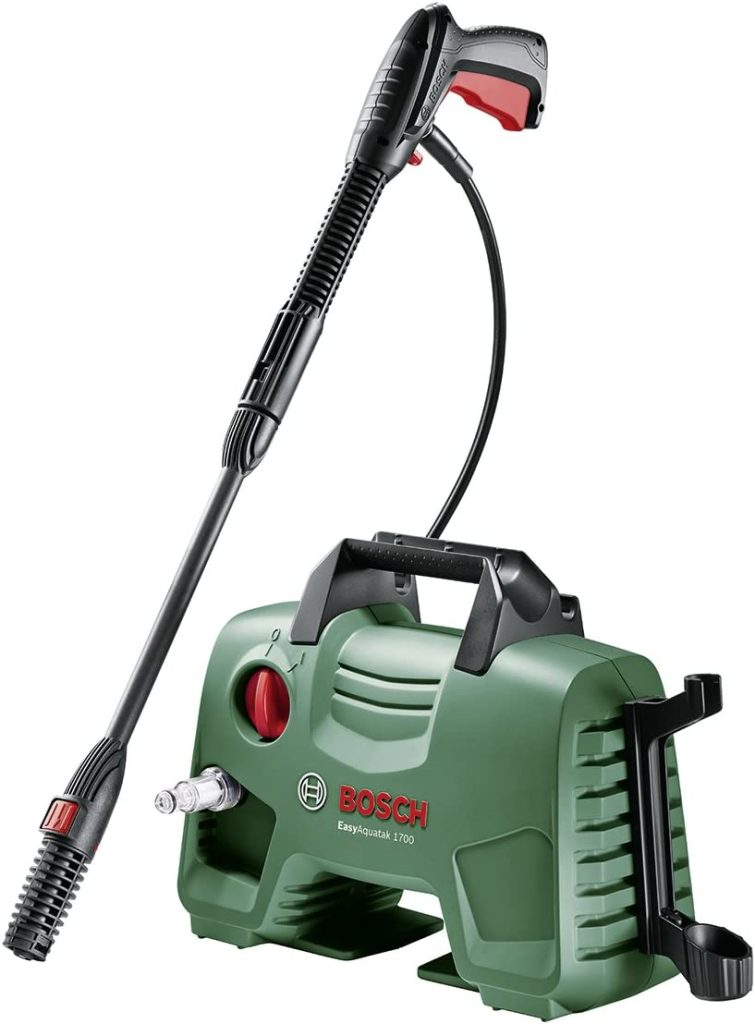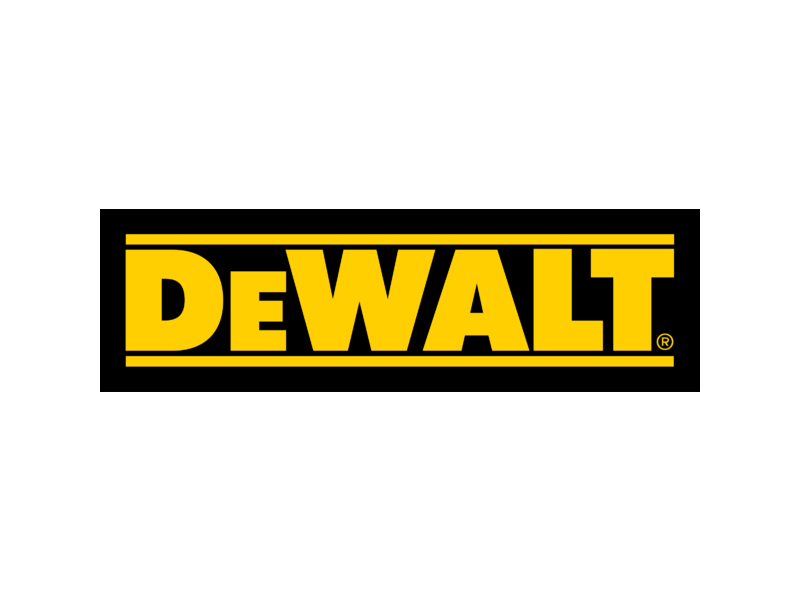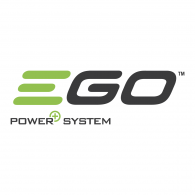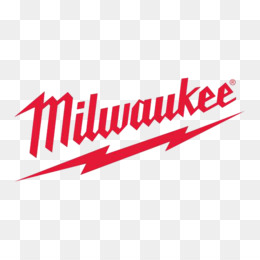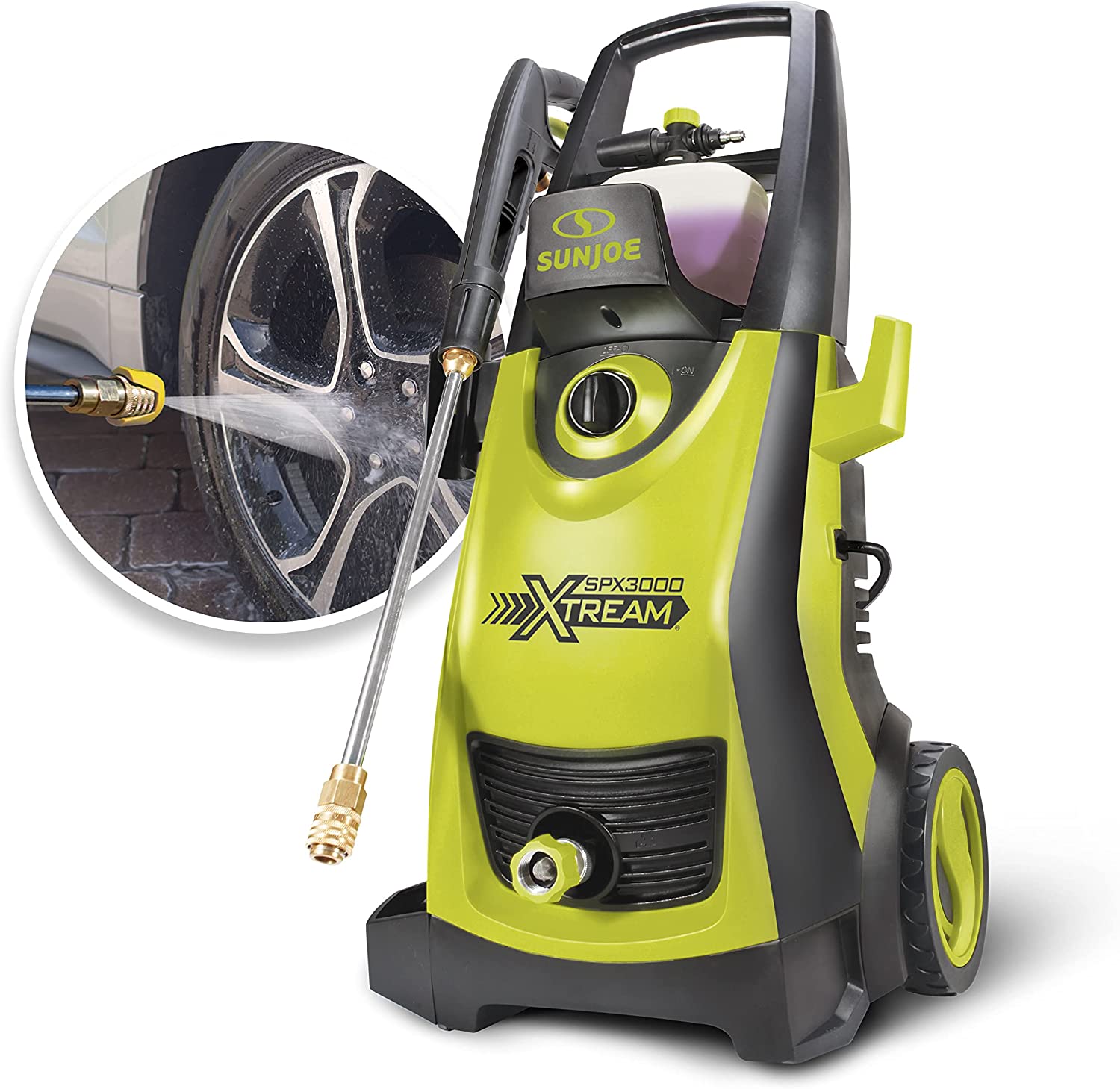
How to buy a proper pressure washer? Leave a comment
Power washers. How do they function? How do I decide whether to buy a gas, electric, or cordless pressure washer? What is the distinction between a power washer, a pressure washer, and a power cleaner? What is the purpose of all of these various nozzles? What about pressure (PSI) and flow rate (GPM)?
This article focuses on “consumer-grade” powerwashers (mainly electric). These machines provide exceptional value at a low price point, are often used only seldom, and some even have PSIs comparable to semi-commercial and professional equipment, but without the price tag (or the quality parts that make up the price tag).
Pressure washers come in three different basic categories.
engines that run on petrol
Plug-in (electric) devices that operate at 120V and cordless devices that are powered by a battery, often a lithium-ion (Li-Ion) battery.
Every pressure washer type has benefits and drawbacks, and it can be exhausting to weigh all the pros and negatives in order to select the finest pressure washer for your requirements. Asking yourself which machine will complete 80% of your work with only 20% of your effort can help you utilise Pareto’s principle. That ought to provide you with a solid foundation.
PSI, which stands for Pounds per Square Inch, refers to the amount of force that the power washer’s water applies to a surface. The unit’s power should be sufficient to remove one material from another. For example, a high PSI can strip paint off a house, tar from a walkway, mold from concrete, or grime and dirt from a car. The more aggressive the pressure washer, the higher its PSI.
GPM, or Gallons Per Minute, also known as Flow Rate, is the volume of water that the pressure washer produces in a minute. Niagara Falls, for example, produces about 440,380,904 GPM, which erodes boulders into sand. Compared to a small decorative fountain’s flow rate, which barely makes a dent in the ground below, Niagara is more powerful. Similarly, a higher GPM or flow rate is needed to clean a larger surface area in less time.
This article focuses on cold water pressure washers, which are typically connected to a garden hose with water temperatures below 1040 F. Although there are pressure washer units that use hot water, they are reserved for commercial use. Running hot water through a cold water pressure washer will damage the high-pressure pump.
A cold water pressure washer consists of a high-pressure water pump, an inlet to attach the unit to a water source, and a pump that runs on either common house voltage (120V), a gasoline engine, or a Li-ion battery. The pump can be handheld or built into a unit with wheels for dragging it to the job site. Many units have onboard detergent tanks or a separate soap dispenser. The unit also has a high-pressure hose that goes from the water pump to the spray wand, which holds the nozzle. Typically, a pressure washer comes with an array of different spray pattern nozzles, such as 00, 150, 250, and 400, and may also include a soap dispensing nozzle. Some units may have a “turbo” nozzle included.
Regarding Pressure Washer Spray Tips
With the exception of “turbo” tips, most pressure washers intended for home use come with a set of tips. Each tip serves a different purpose, such as:
00 is a narrow, concentrated stream of water used for cleaning tight spaces that require a high-pressure blast. It’s ideal for removing tough substances such as tar, baked-on mud, and grime from the underside of lawnmower decks. It’s also useful for reaching high places like the overhangs on the second floor of your home.
150 is perfect for stripping surfaces. It can be used to strip everything from paint and mold to rust on steel and oil or grease stains.
250 is a good option for cleaning the sides of your house, patios, decks, and driveways.
400 is typically used for washing windows, outdoor furniture, cars, boats, RVs, and landscaping equipment.
Soap tips are used to apply detergent to surfaces before pressure washing. These tips fit onto the end of the spray wand and dispense a low-pressure stream of detergent.
Turbo tips have a spray angle of around 00 – 150 and rotate at a rate of approximately 3,000 RPMs (revolutions per minute). The pencil-thin and narrow cone spray spins at a high rate of speed, making it less damaging to surfaces than a straight 00 spray tip (mentioned above). The turbo tip’s advantage is that it can cover more area in less time, up to 50% faster. It can also be used as a universal, all-purpose tip, eliminating the need for the four standard tips (except for the soap tip).
Selecting the Right Tip for the Job
Using the wrong tip can damage the paint finish on valuable items such as boats, cars, and RVs. It’s important not to use aggressive spray patterns on these items. A 400 tip is recommended, but you still need to be careful not to hold the tip too close to the vehicle, as the clear coat (and even the paint beneath the coating) can be disrupted and ruined.
When power washing a vehicle, it’s often better to first apply a detergent specifically designed for use in pressure washers to help remove the dirt and grime from the vehicle. Then use the pressure washer to gently wash the detergent and dirt away.
Additionally, fine angled spray tips (00, 150, and sometimes 250) can cause severe damage to some surfaces.
Regarding High-Pressure Hoses
Most pressure washers come with a standard 20-foot hose that connects the pump to the spray wand. These hoses usually have an Inside Diameter (ID) of either 1/4″ or 5/16″. The 1/4″ ID hoses are generally rated up to 3200 PSI, while the 5/16″ ID hoses are rated from 2700 PSI to 3600 PSI. When purchasing a pressure washer kit, the manufacturer will provide the appropriate ID hose based on the maximum pressure of the pressure washer. When buying a replacement hose, ensure that you purchase the correct ID and PSI-rated hose for your unit.
If your garden hose has limited reach, and you need to clean something farther away, a longer high-pressure hose is the solution. A good option is a high-pressure hose from Flexilla (shown above). These hoses are bright green, highly flexible (ideal for coiling or wrapping around the base unit when you’re finished spraying), and come in various convenient lengths, including a 50-foot hose that can handle up to 3600 PSI (as seen above).
Electric Pressure Washers
If you don’t require the more costly semi-commercial and professional-grade units (which most gardening and weekend warrior landscaping enthusiasts don’t), an electric pressure washer is an excellent option.
Major Electric Pressure Washer Brands
We examined pressure washers from the primary players in the electric (120V & Li-Ion battery-powered) pressure washer market (categorized as consumer models):
Yard Force
Sun Joe
Greenworks
Pressure ratings ranged from 500 to 3,200 PSI. Some had individual spray nozzles, some had turbo nozzles, and one even had a unique adjustable nozzle that produced virtually any spray pattern from 00 to approximately 450.
What to know about consumer-grade electric power washers
These units are excellent at cleaning things like RVs, cars, BBQ grills, boats, windows, planters and pots, lawnmowers, landscape equipment, outdoor furniture, etc.
Some of the units we tested are capable of stripping paint, but only at very slow rates (with the exception of one Yard Force gasoline-powered 3200 PSI model we reviewed).
Electric power washers are typically less expensive than gasoline-powered units.
They can be used indoors (e.g., cleaning inside a shower stall or washing a garage floor) without the threat of carbon monoxide.
Cleaning Efficiency
The efficiency of cleaning is influenced by the flow rate (GPM) and the nozzle’s spray pattern. Holding the nozzle closer to the surface intensifies the removal of dirt, stains, and paint. It is essential to test different spray patterns on the surface to avoid damaging the underlying material. The standard kit usually includes four spray nozzles, ranging from 00 to 400, providing ample cleaning options. While a turbo nozzle is not a necessity, it is a useful addition that can clean up to 50% faster than a regular single spray angle nozzle.
The best selling pressure washers
Sun Joe SPX3000-XT1 XTREAM 13-Amp 2200 Max PSI 1.65 GPM Electric High Pressure Washer
[EXTREME TRIPLE-ACTION PERFORMANCE]: The Xtream Foaming, Xtream Cleansing, and Xtream Rinsing capabilities ensure victory over even the toughest grime!
[EXTREME RINSING]: The powerful 13-amp motor creates up to 2200 PSI (as per CSA internal pressure testing) of pressure and a flow of 1.65 GPM (with nozzle open at minimum pressure) to remove all dirt effectively.
[EXTREME FOAMING]: The onboard 33.8 fl oz foam cannon aerates detergent and shoots it up to 15 feet, providing an added boost to your cleaning power.
[EXTREME CLEANING]: Four quick-connect nozzles (0°, 15°, 25°, 40°) offer a range of spray patterns, from pin-point jet to fan spray, to handle heavy, medium, and light-duty cleaning jobs.
[TSS (Total Stop System) TECHNOLOGY]: The pump automatically shuts off when the trigger is not engaged, saving energy and extending the life of the pump
Sun Joe SPX1501 electric pressure washer
The SPX1501 is armed with as much as 1800 PSI (as per CSA internal pressure testing at initial discharge) of unadulterated cleansing force, making your outdoor errands a breeze. Additionally, each high-pressure blast can deliver up to 1.8 GPM (with the nozzle opened at minimum pressure), effectively eliminating mildew, oil, grease, rust, mud, and other obstinate filth. Its adjustable spray nozzle is designed with your convenience in mind, allowing you to adjust your spray pattern from a pinpoint jet to a fan spray for versatile use.
This power washer is compact, remarkably portable/lightweight, and energy/noise efficient. The motor only activates when the gun trigger is pulled, unlike my previous power washer, which was always on. The nozzle’s capacity to switch from high-powered steam to a wide spray is incredibly convenient, eliminating the need to change heads. Assembly takes less than 5 minutes, and thanks to properly fitted gaskets, there is no leakage. What’s even better is that I purchased this open box item from Amazon Warehouse at a heavily discounted price.
Our most potent electric pressure washer boasts 2700 MAX PSI at 1.2 GPM and a flow rate of 2.3 GPM at 100 PSI. Equipped with a heavy-duty cast aluminum axial cam pump, this device outperforms its gas-powered counterparts while providing the convenience of clean, sustainable power. The JETTFlow Technology automatically detects the selected nozzle, ensuring a consistent water flow at the maximum capacity. With a “gas-style” pump and a constant-run electric motor, this machine offers superior pump priming and higher-pressure response, running consistently as long as the device is turned on. The 25-foot kink-resistant hose is hassle-free and provides excellent resistance against permanent kinking and abrasion.
CRAFTSMAN Electric Pressure Washer, Cold Water, 1900 -PSI, 1.2-GPM, Corded (CMEPW1900)
BUILT-IN DETERGENT TANK: The pressure washer gun comes with an integrated soap tank, which enhances its cleaning capabilities.
CONVENIENT STORAGE: The onboard nozzle, pressure washer hose, cord, and wand storage make it easy to keep all the accessories organized.
DURABLE PERFORMANCE: The 25 ft. hose is resistant to kinks, ensuring long-lasting performance.
EXTENDED RANGE: With a 35 ft. power cord, this pressure washer can reach far from the outlet.
EASY MANEUVERABILITY: The 8-inch wheels make it easy to move the pressure washer around obstacles.
CERTIFIED BY THE CLEANING EQUIPMENT TRADE ASSOCIATION (CETA)
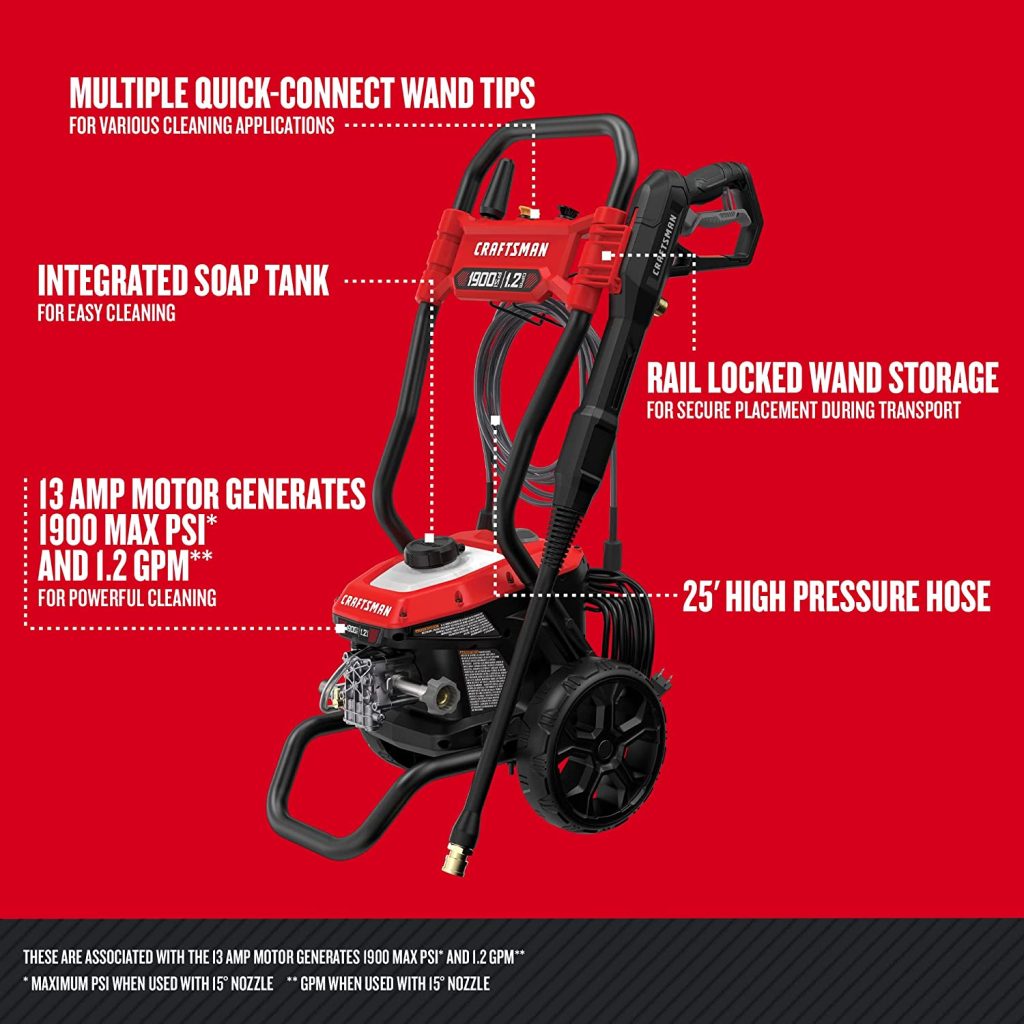
Greenworks Pro 3000 PSI 2.3-Gallon-GPM Cold Water Electric Pressure Washer 5113402HDVT
Certified by PWMA
The 13 amp motor produces a flow rate of 2.3 GPM for effective cleaning. The brushless motor is digitally controlled and adjusts the pressure and flow according to the nozzle tip being used. The motor and pump are designed for continuous use, similar to gas-powered pressure washers. The thermal relief valve cools the pump by purging hot water during use. The pressure washer comes with a sturdy metal gun and a 25-ft Uberflex hose that is resistant to kinking. It also includes 15°, 25°, and 40° tips, as well as soap and turbo nozzles.
The pressure washer has an excellent design, power, and features. It is easy to assemble without any tools. It is recommended to tighten the nozzle with a wrench to ensure safety. The pressure washer effectively removed moss buildup from brick stairs with the 25° tip, although it took longer than expected. The pressure washer is easy to tilt and roll. The power cord and pressure hose are long, and the tips are easily accessible on the handle. The pressure washer is easy to use, but it is important to read the instructions carefully to avoid any problems or injuries. The GreenWorks 1950 pressure washer performed well in cleaning steps, and the reviewer plans to use it for other projects. The pressure washer receives five stars for its performance.
Pros:
– Lightweight
– Powerful
– Effective cleaning
– Easy to operate
– Quiet
– Handle folds for storage
– Snug connections
Cons:
– Bulky
– Heavy
– Requires some setup time
– Short extension cord
– Only 25-ft hose
– Wand and pressure gun assembly can be difficult
– Wand/gun holster is not tight enough, causing them to fall out
The advantages: The equipment has a small and easily transportable design. It also has a wide base that guarantees stability, and storage space for accessories.
The Roto nozzle is especially useful for rapidly cleaning small patios. The pump is of the Triplex type.
The motor pump is made of metal and has high efficiency. Additionally, the Fan-Jet nozzle is capable of producing a powerful cleaning performance.
By using the High-Pressure Detergent Nozzle, you can reduce cleaning time by quickly applying soap.
It has integrated compartments for easy access and orderly storage of accessories.
Pros: The equipment is lightweight and compact. It appears to be durable and of good quality considering its size. It also has sufficient pressure.
Cons: It is not possible to attach any other hose.


